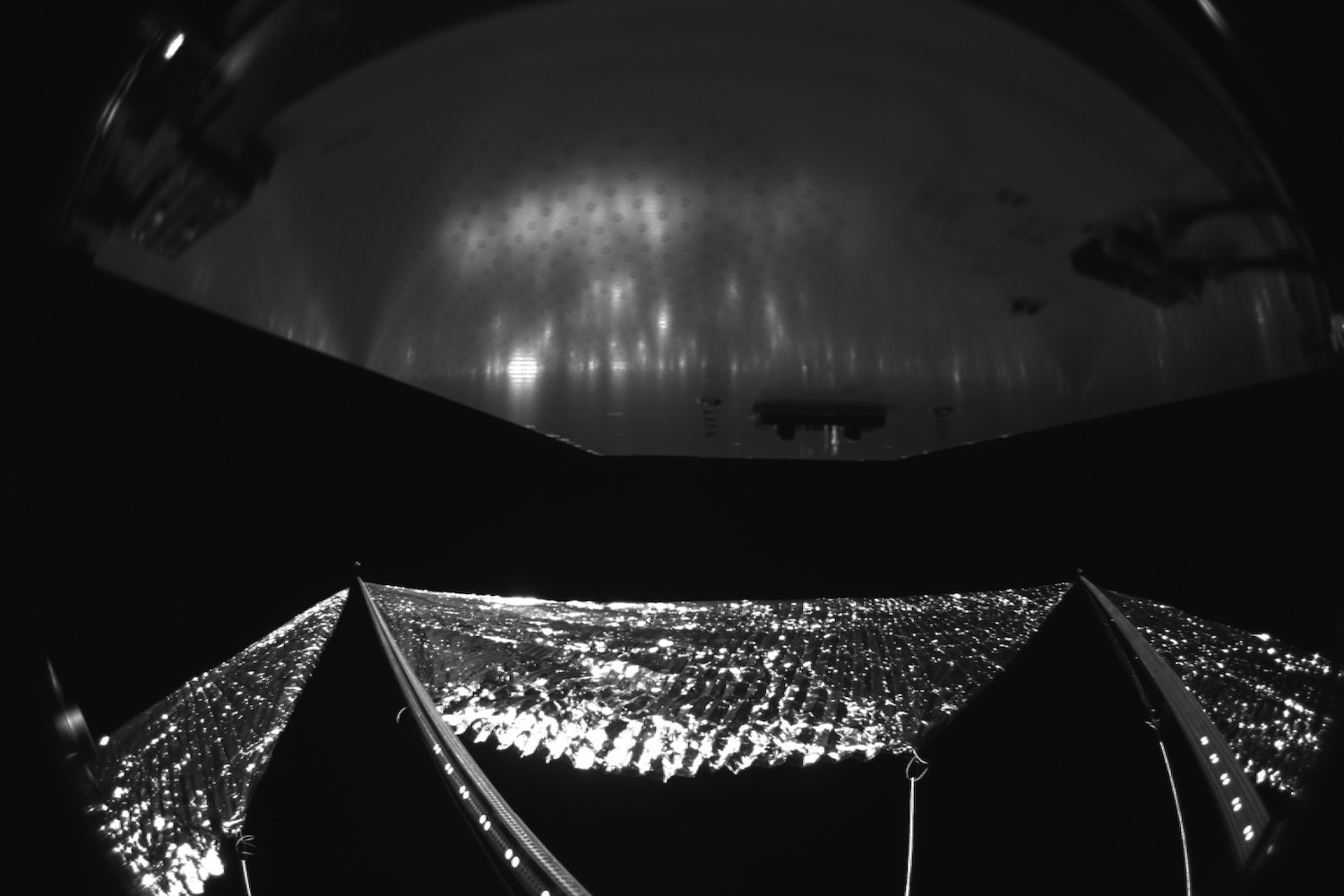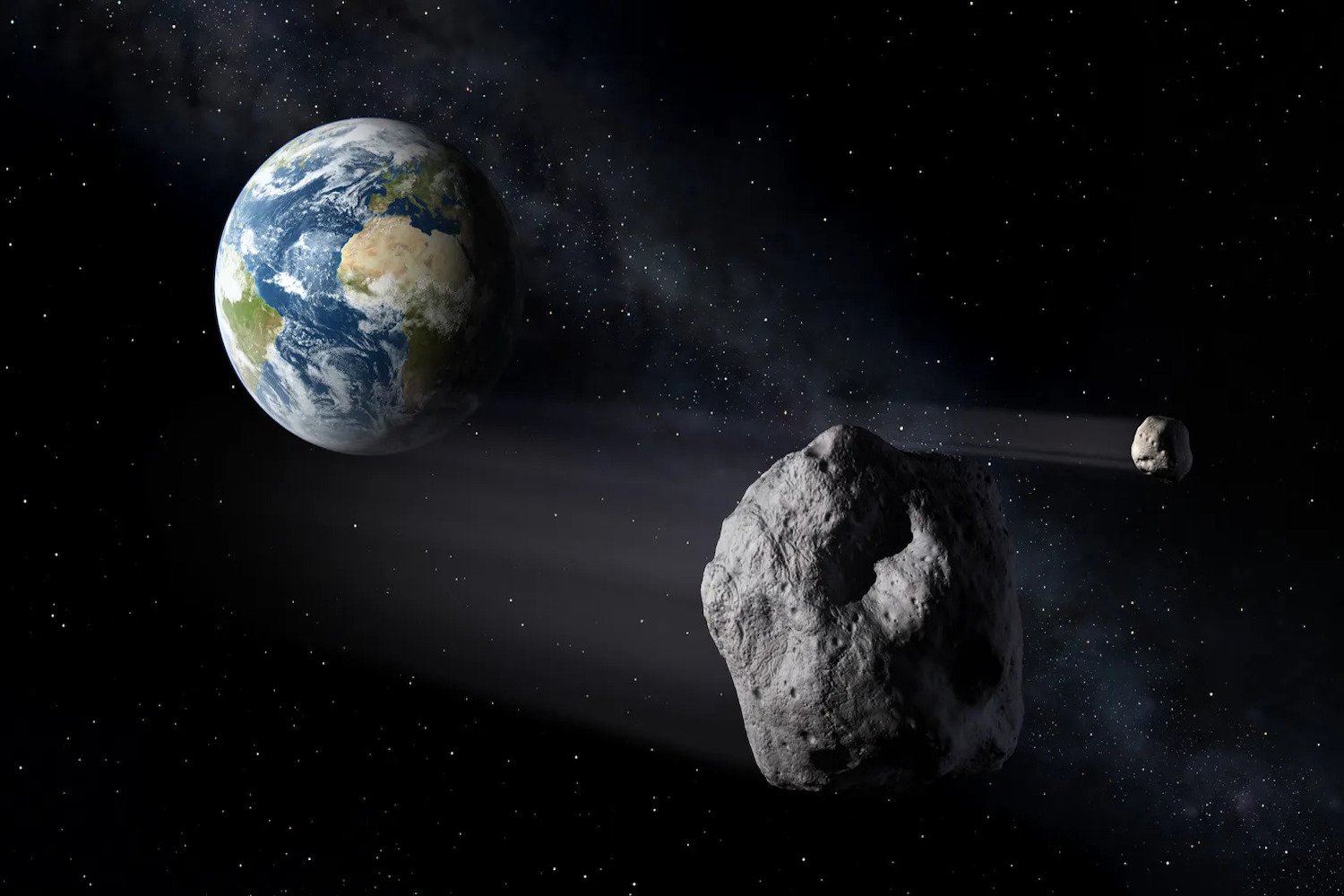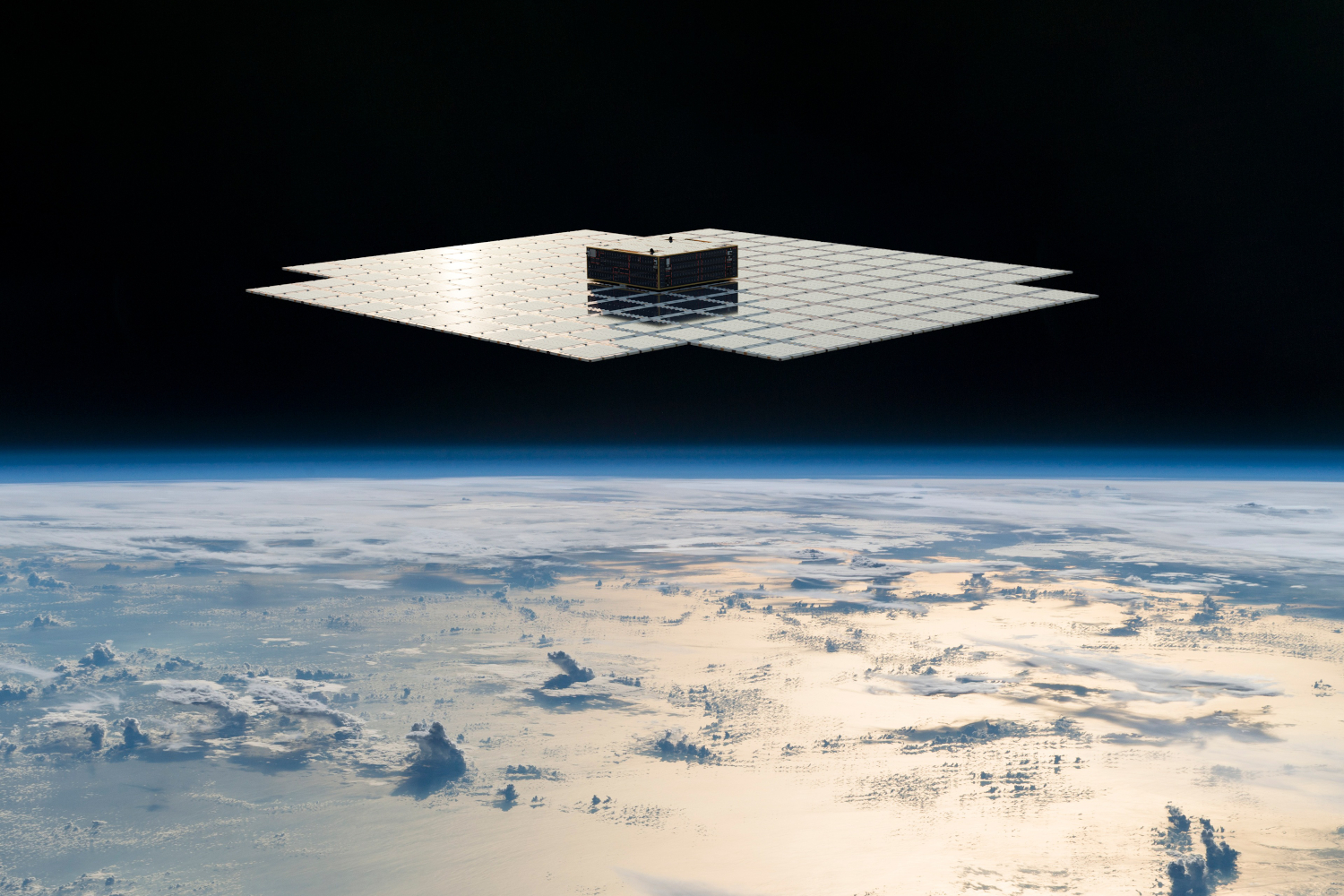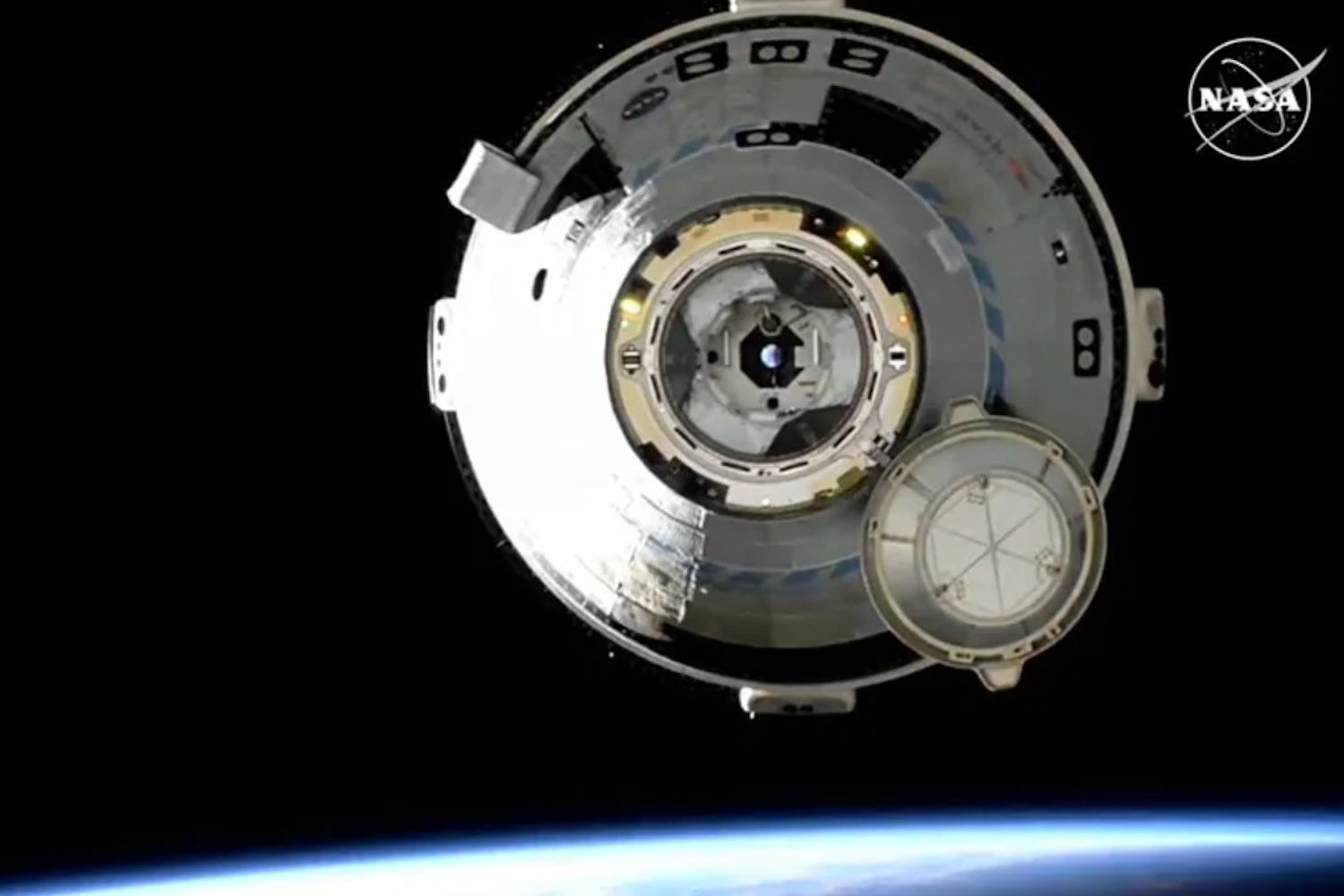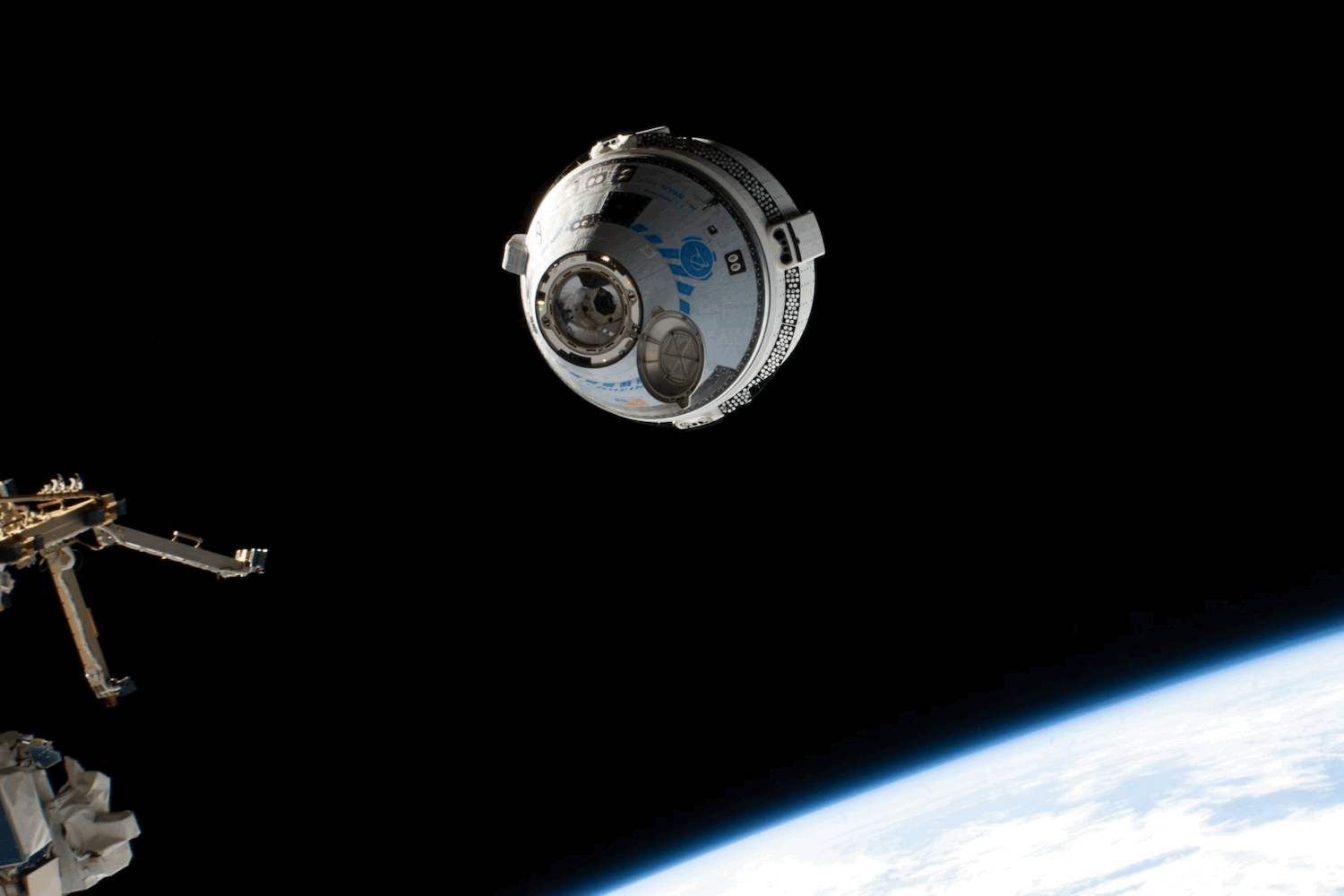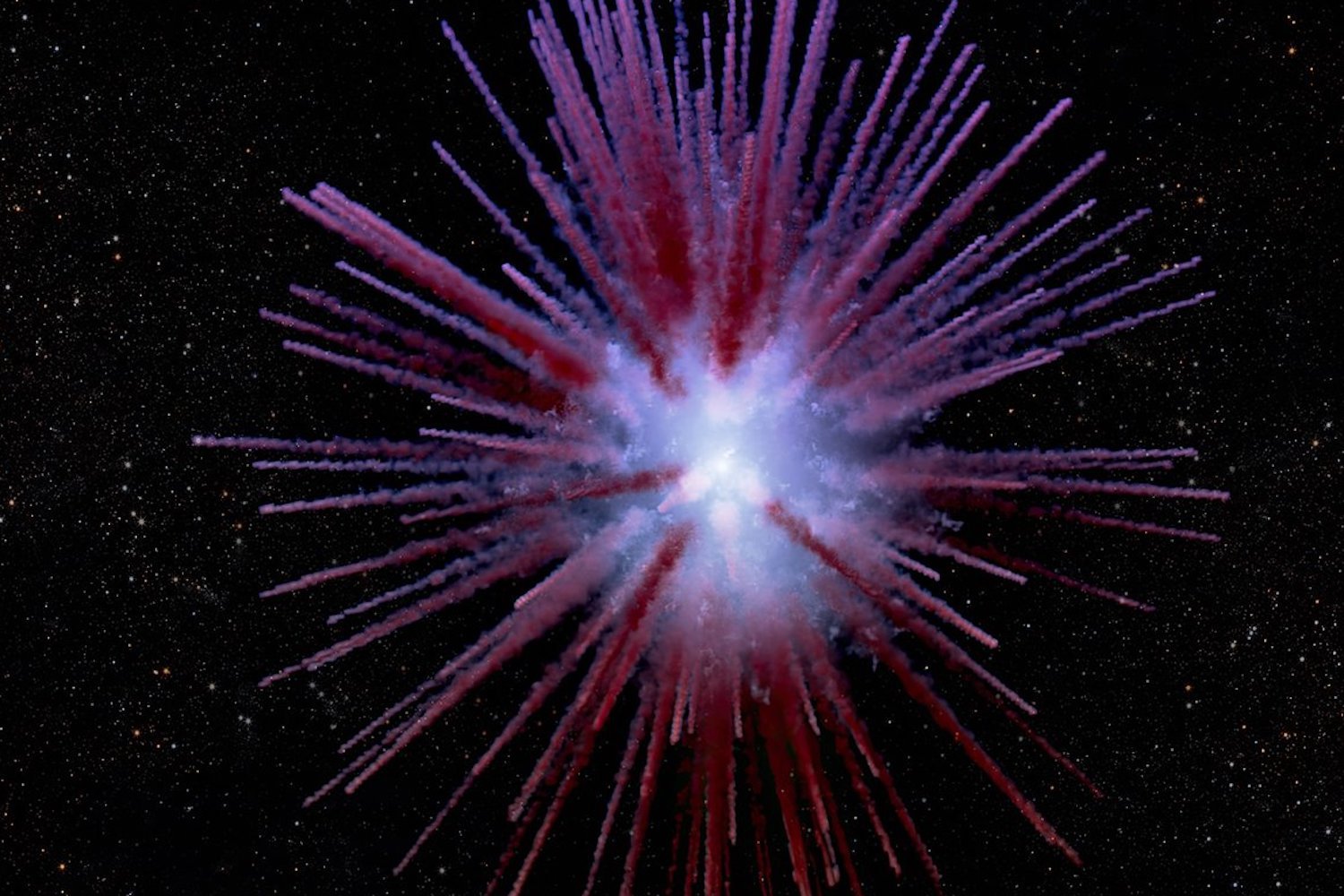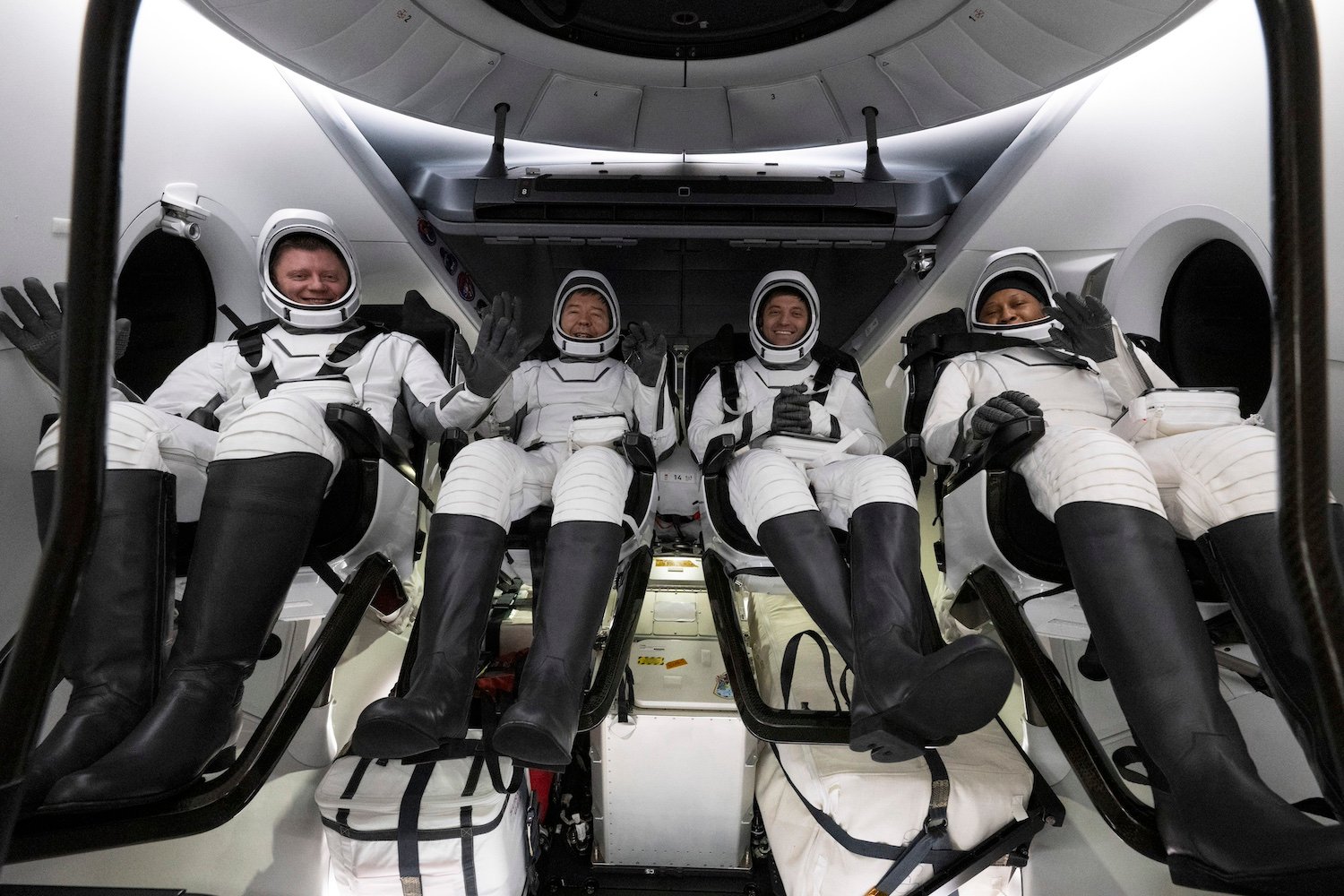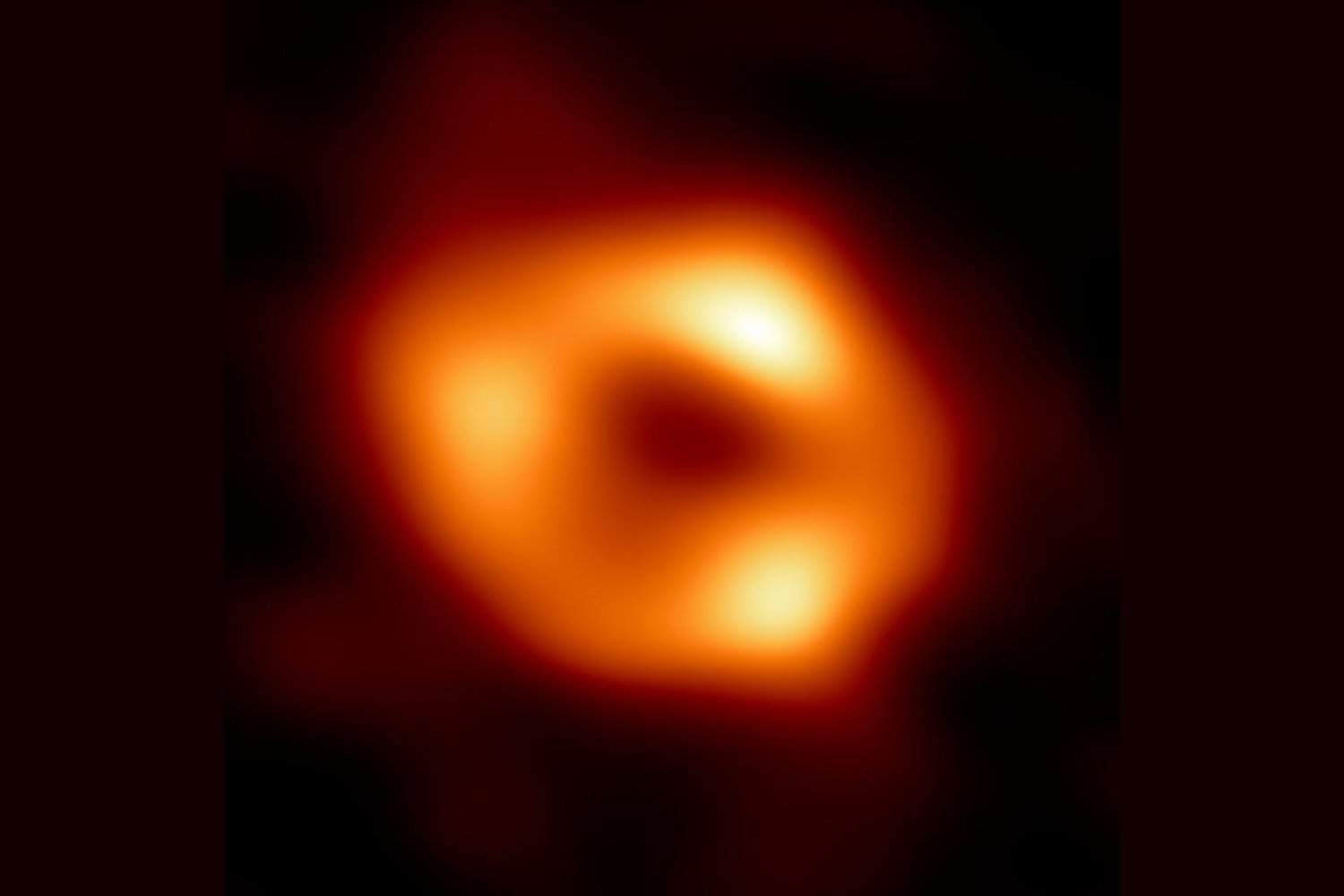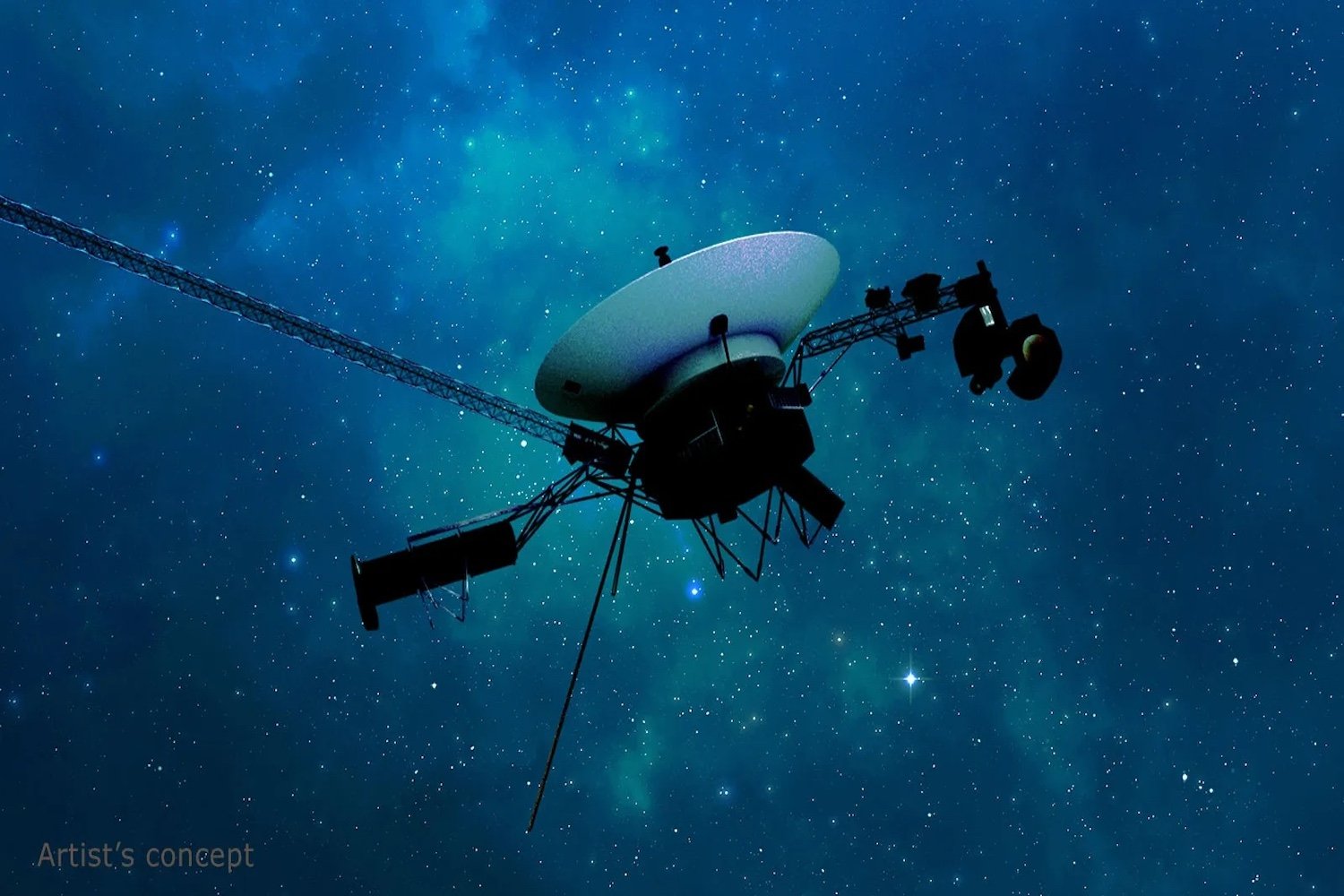NASA’s Advanced Composite Solar Sail System (ACS3), a microwave-sized spacecraft designed to harness sunlight for propulsion, has encountered a snag during its mission. Engineers are working to address a glitch causing the spacecraft to lose orientation and tumble in orbit. This comes after the discovery of a slight bend in one of the four composite booms supporting the sail’s expansive wings, as revealed in a recent NASA update.
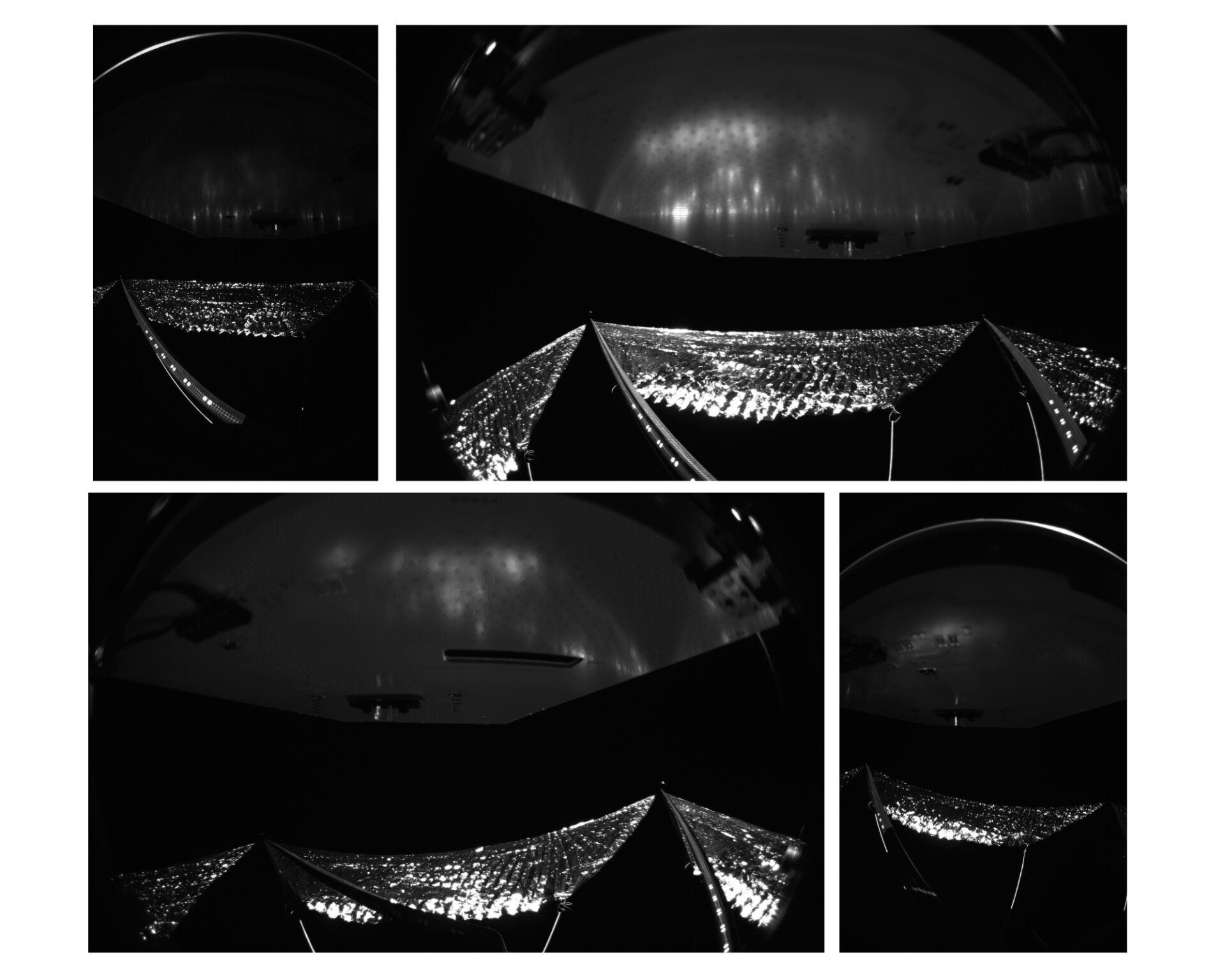 Solar Sail Bent BoomFour onboard cameras capture the deployed sail quadrants, revealing the slight bend in one of the supporting booms. Credit: NASA
Solar Sail Bent BoomFour onboard cameras capture the deployed sail quadrants, revealing the slight bend in one of the supporting booms. Credit: NASA
ACS3 Mission and Solar Sail Technology
Launched in April 2024 aboard Rocket Lab’s Electron rocket, ACS3 aims to demonstrate the viability of solar sailing, a revolutionary propulsion method using sunlight. Positioned in a Sun-synchronous orbit approximately 600 miles (966 kilometers) above Earth, ACS3’s mission focuses on testing new materials and deployable structures, specifically the innovative composite booms crucial for unfurling and supporting the large solar sail. These booms, analogous to a sailboat’s boom, are made from a lightweight yet stiff polymer material designed to withstand bending and warping in the varying temperatures of space. They are essential for supporting sails designed to capture the momentum of photons from the Sun.
Deployment Challenges and Current Status
While the 30-foot (9-meter) square sail, roughly half the size of a tennis court, has been fully deployed, the slight bend in one of the 23-foot (7-meter) booms poses a potential challenge. NASA engineers suspect the bend may have occurred during the tensioning process when the booms and sail were pulled taut against the spacecraft. Despite this setback, the mission continues to provide valuable data for future solar sail applications, particularly in informing the development of larger sails, potentially reaching up to 500 square meters (5,400 square feet).
The ACS3 mission has faced previous hurdles. An initial attempt to deploy the sail was halted due to higher-than-expected motor currents detected by the onboard power monitor. A subsequent attempt proved successful, fully deploying the sail and booms. However, this required temporarily deactivating the attitude control system, which maintains the spacecraft’s orientation in space. Consequently, the spacecraft is currently tumbling, impacting its ability to generate power and communicate effectively.
ACS3 Solar SailArtist’s rendering of ACS3 with fully deployed solar sail. Credit: NASA
Next Steps and Future Implications
NASA engineers are actively working to reposition ACS3 to optimize solar panel exposure and regain power. Priority is given to essential operations like communication with mission control. Once the attitude control system is reactivated, communication will improve, allowing for data collection, sail shape calibration, and preparation for sailing maneuvers. These maneuvers involve utilizing sunlight pressure to adjust the spacecraft’s orbit, demonstrating the potential of solar sailing for deep space exploration.
Solar Sailing: A Promising Technology
ACS3 follows in the footsteps of other solar sail missions, notably the Planetary Society’s LightSail 2, which successfully demonstrated altitude gain using solar propulsion. While still in its early stages, solar sailing holds immense potential for future space exploration, offering a sustainable and efficient means of reaching distant destinations powered by the Sun. The data collected from the ACS3 mission, despite the challenges faced, will be instrumental in advancing this promising technology and informing the design of future missions like NASA’s NEA Scout and Solar Cruiser.
NASA aims to maximize data collection from ACS3 throughout its planned two-month initial flight phase. This information will be critical for refining future spacecraft design and furthering the development of solar sail technology. The agency believes that overcoming these initial challenges will pave the way for ambitious future missions powered by our Sun, potentially unlocking new frontiers in space exploration.



